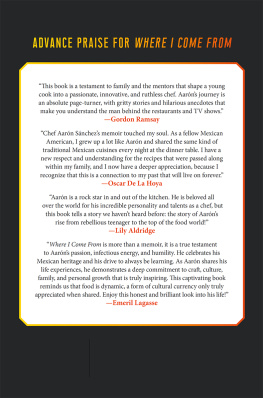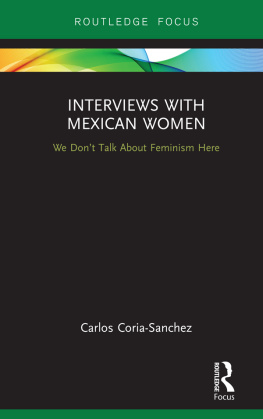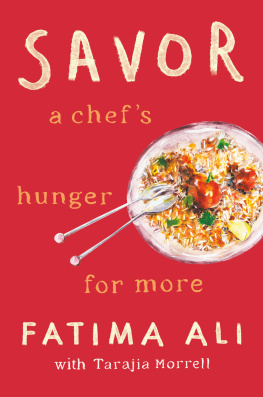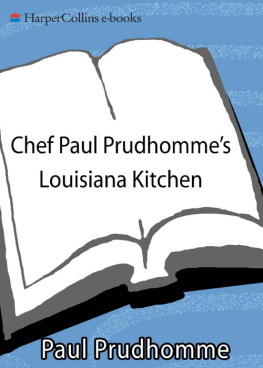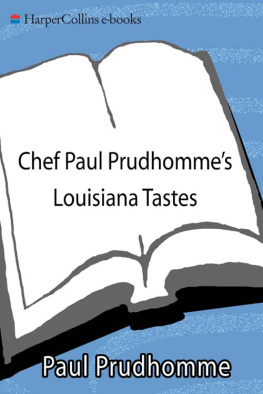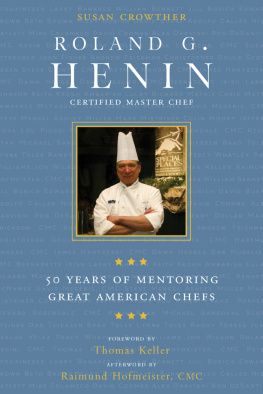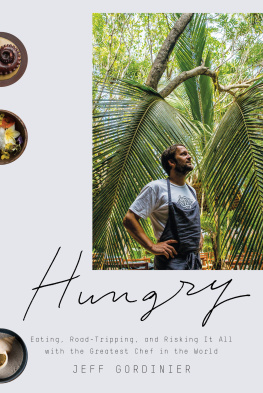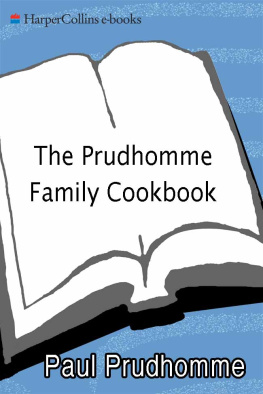Contents
Landmarks
Page List
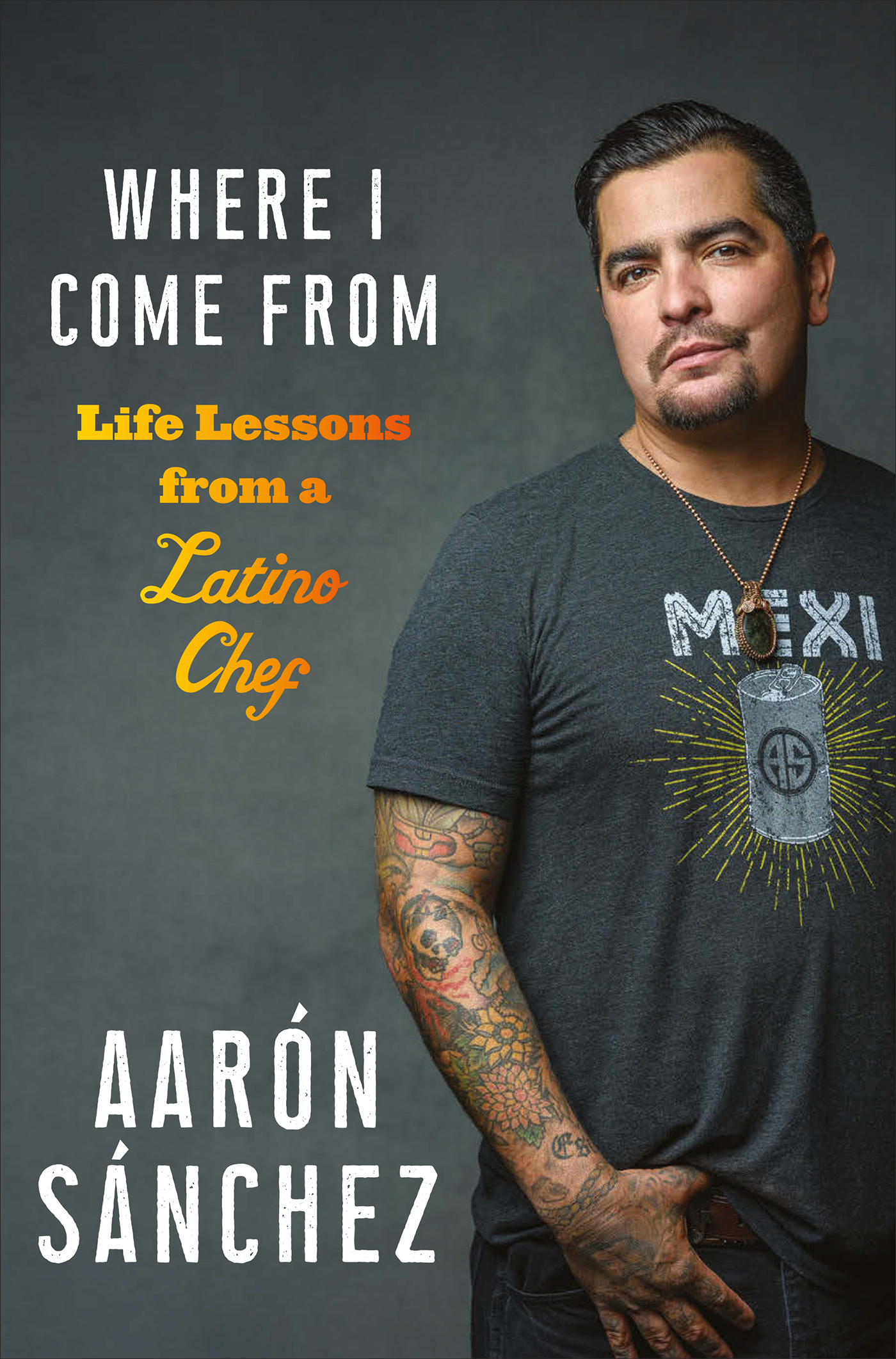

Aarn in chefs attire, 1980s, New York City

Copyright 2019 Roux, Inc.
Cover 2019 Abrams
Published in 2019 by Abrams Press, an imprint of ABRAMS. All rights reserved. No portion of this book may be reproduced, stored in a retrieval system, or transmitted in any form or by any means, mechanical, electronic, photocopying, recording, or otherwise, without written permission from the publisher.
Library of Congress Control Number: 2018958855
ISBN: 978-1-4197-3802-9
eISBN: 978-1-68335-679-0
B&N Edition ISBN: 978-1-4197-4455-6
The material contained in this book is presented only for informational and artistic purposes. In the interest of maintaining the privacy of the individuals whose stories are discussed herein, some names and other identifying characteristics have been changed.
Abrams books are available at special discounts when purchased in quantity for premiums and promotions as well as fundraising or educational use. Special editions can also be created to specification. For details, contact specialsales@abramsbooks.com or the address below.
Abrams Press is a registered trademark of Harry N. Abrams, Inc.

ABRAMS The Art of Books
195 Broadway, New York, NY 10007
abramsbooks.com
TO MY SON, YUMA,
MY LATE FATHER, ADOLFO,
AND MY MOTHER, ZARELA

Zarela cooking with Aarn and Rodrigo in their first New York apartment, on the Upper West Side, mid to late 1980s
CONTENTS
INTRODUCTION
Cinnamon. Chocolate. Chile. Id tasted them hundreds, thousands of times. But never had these flavors seemed so profound as they did to me one night long ago in a Oaxacan cemetery. So grounding to the world around me. To the earth.
The year was 2000, the start of the new millennium, and I was twenty-four years old. Mexico was in the throes of its annual Day of the Dead celebrationthe Da de los Muertoswhen I arrived. It was fall, but in Oaxaca the temperature can still climb to nearly 80 degrees during the day, and everywhere you turn are the blindingly vibrant colors of a warmer season. Bold sugar skulls and folks in skeleton costumes were a stark contrast to the somber faces and black shrouds Id been told, growing up in the States, were more suitable for anything related to death.
But this was Mexico, where color defines the culturefrom the characters that populate the city streets and countryside, to building facades and diverse natural landscapes, to the language and choice turns of phrase. And the food. Always the food. Rusty, dried guajillo peppers. Verdant sprigs of curled cilantro. Flavors that take days to develop, layered with wildly complex blends of spices and ingredients, techniques that take years to master, so that every dish pops and dances on the palate. There is nothing about the food of Mexico that is dull or muted.
Cinnamon. Chocolate. Chile. Earth.
There comes a moment when cultural and personal identity collide. When who you are ceases to be exclusive of, or regardless of, what you are and where you come from. When you stop trying to rebel against being typecast or stereotyped, and start to feel an ancient homing system seizing at something inside you that you never knew existed. Something in your bones, calling out to the earth or the cosmos, or to other human beings cut from the same cloth. Living or dead. Past or present. Even future.
Food is the purest reflection of the Mexican people. As a bicultural Mexican American kid, I had been exposed to that sensibility, but I was about to find out, in the midst of the chaotic celebration, exactly what being Mexican was really all about.
* * *
We had flown in that fall to film a new show, Taste of Mexico, for Food Network. It was a wild experience, a no-holds-barred culinary adventure, just me and a production crew eating our way through the country my ancestors come from, getting a crash course in culture and cuisine. For as much as I saw, cooked, and tasted, though, there was one thing I was really hungry to get my hands on from the minute we landed: traditional mole. Its become a sort of unofficial national dish of Mexico, and today versions of it appear on Mexican restaurant menus from San Diego to South Dakota.
But the canon of mole variations is so much more vast than most diners recognize. It can be made from almonds or pumpkin seeds. It can be yellow or green or red or pitch black. There are legends about its invention, one tale including nuns, another involving an Aztec king. Regardless, the constant is the sauces complexity. Some versions use thirty or more ingredients, the spices and peppers carefully toasted and ground together, most often by hand, in a molcajetea sort of Mesoamerican mortar and pestle. Id made it before and tasted it in a ton of places, including my moms kitchen, but I was looking to find the inspiration for all those interpretations. Two regions lay claim to creating mole sauce, one being Puebla. The other was the final destination on our production scheduleOaxaca.
Mole is a major part of the Da de los Muertos holiday. For the show, we planned to visit a cemetery where, after dark, families congregate around gravesites to eat and dance and commune with the dead. Its an unbelievable scene, and we were going to capture the procession, the people, and the custom in full swing. It was all sounding super exciting, but of course, above all, I couldnt wait for the food.
Before we could begin our own tasting tour of the celebration, we had to actually get there. We were a small crew, and when we arrived in our van, we were stopped and told no vehicles were allowed. The cemetery was at the top of a massive hill, and now wed have to park about a mile away and haul our gear up this impossible incline. Id never shot at night before that trip. The lighting rigs were extensive, andI was learningdamn heavy. We were rounding out weeks of travel, and everyone was exhausted and frustrated by this new development. In those early days of on-location shoots, I realized enthusiasm can only carry you so far when youre running on fumes, and I was starting to fantasize about my bed back in New York.
But then, as we were scaling the path, alongside families in costume, carrying flowers and candy and bottles of mezcal, the sun set, and from a distance we could see the revelers. Candles encircling the cemetery gave the summit a haloed appearance. It was a beacon, totally aglow against the inky Mexican sky. Maybe it was the cool air that had come along with dusk, or maybe it was the spirits being summoned from their own grueling paths passing through us, but I had chills. If those souls could make the journey from mictlanthe Aztec beyond, a sort of spiritual in-betweenI could make it through this fucking climb.
When we finally arrived at the peak, the party was well underway. The path was lit with more candles to guide us, but we really didnt need them. We easily could have followed our sensesthe aromas of

